村井 次郎/Murai Jiro
村井次郎(1904~1982)は、日本製マネキンの黎明期における先駆者の一人としてよく知られている彫刻家です。
京都生まれの村井は、東京美術学校(現・東京芸術大学)塑像科で学んだのち、1930年に京都の島津製作所に入社しました。なお、日本でマネキンが使用されるようになるのはパリから蝋製のそれが輸入された1916年以降であり、日本初の国産マネキンは、1925年に彫刻家の荻島安二(1895~1939)が島津製作所にて制作しました。同製作所は、第二次世界大戦の勃発によって一時製造の中断を余儀なくされますが、戦後、1946年に有限会社七彩工芸(現・株式会社七彩)として再出発を果たします。取締役に就任した村井は、向井良吉(1918~2010)がつくった七彩工芸としては初のマネキンに続き、第二号を制作しました。
洋装化が広がるなかでマネキンの需要も高まりを見せた1950年代前半、これまで用いていたファイバー製の紙に代替される新しい素材「ビニクロンゲル」という樹脂を応用することに成功しますが、翌年の梅雨期に思いがけない化学反応が生じてしまい、「ビニクロンゲル」で作られたマネキンは使用不可能となってしまいました。この窮地を救ったのは、村井が制作したファイバー製の婦人マネキン「FW-117」でした。弥勒菩薩を彷彿させる穏やかで気品にあふれたこのマネキンは瞬く間に人々を魅了し、その年の生産数が1650体にのぼるという驚異的なヒット作となりました。日本のマネキン史における名作とされる「FW-117」は、NHKの連続テレビ小説「カーネーション」の劇中でも使用されるなど、時代を象徴する美しさと時代を超えて愛される魅力を兼ね備えています。また、マネキンの素材がファイバー製からFRP(ポリエステルガラス繊維強化プラスティック)に取って代わられるまでの10年間、七彩工芸が製造するマネキンの70%の原型を作り続けたのも村井でした。ゆえに、七彩工芸時代のマネキンのイメージは、事実上村井が築きあげたといえるでしょう。
村井のマネキン作りについては、ファッションデザイナーであり東京造形大学の創立者である桑沢洋子(1910~1977)が『美術手帖85』(1954年9月号)にて貴重な証言を残しています。桑沢は、多くのマネキンが製造されるようになった1950年代に、制作者の「商品」を作ることへの軽蔑や自身の創造力に対する自負のために、用途のつかめていない不完全なマネキンが増えてしまっていることを危惧しつつ、村井の「彫刻家から抜けきって、完全にマヌカン・デザイナーになっている製作態度(ママ)」を絶賛しています。その一方で、「あの娘は、この娘は、こんな創意からつくられたのだ」と語られる一連のマネキンには隅々まで愛情や神経が行きわたっているという桑沢の指摘のとおり、彼がマネキンを単なる「商品」ではなく、「作品」として愛していたことは明白です。帽子やアクセサリーを飾るためのオブジェに近いマネキンなどからも、用と美に対する絶妙なバランス感覚が窺えます。そんな村井が手がけた彫刻作品もまた創意に富み、彼の卓越した技術と作品への深い愛情が感じられるのです。
Murai Jirō (1904–1982) is a sculptor recognized as one of the pioneers in the nascent era of Japanese-made mannequins.
Born in Kyoto, Murai studied in the Sculpture Department at the Tokyo School of Fine Arts (now Tokyo University of the Arts) before joining Shimadzu Corporation in Kyoto in 1930. It’s worth noting that mannequins were only introduced to Japan after wax models were imported from Paris in 1916. Japan’s first domestically produced mannequin was created in 1925 by sculptor Ogishima Anji (1895–1939) at Shimadzu Corporation. The company was forced to temporarily halt production with the outbreak of the Second World War. However, it restarted operations after the war in 1946 as Nanairo Kogei Limited (now Nanairo Co., Ltd.). Murai, appointed as a director, created the company’s second mannequin, following the first one made by Mukai Ryōkichi (1918–2010).
During the early 1950s, as Western-style clothing gained popularity and demand for mannequins rose, the company successfully applied a new resin material called “Vinikron Gel” to replace the previously used fiber-based paper. However, an unexpected chemical reaction occurred during the following year’s rainy season, rendering the Vinikron Gel mannequins unusable. The solution to this predicament came in the form of the fiber-based ladies’ mannequin ‘FW-117’ created by Murai. Evoking the serene and dignified presence of Miroku Bosatsu (the Bodhisattva of Compassion), this mannequin instantly captivated the public, becoming a phenomenal hit with production reaching 1,650 units that year. Regarded as a masterpiece in Japan’s mannequin history, the FW-117 possesses both an era-defining beauty and a timeless charm, as evidenced by its use in the NHK television drama series Carnation. Furthermore, for the decade before mannequin materials transitioned from fiber to FRP (fiber-reinforced plastic), Murai continued to create prototypes for 70% of the mannequins manufactured by Nanairo Kogei. Consequently, Murai can effectively be said to have established the image of mannequins from the Nanairo Kogei era.
Regarding Murai’s mannequin-making, Yoko Kuwasawa (1910–1977), a fashion designer and founder of Tokyo Zokei University, left valuable testimony in Bijutsu Techo 85 (September 1954 issue). Kuwasawa, writing in the 1950s when mass-produced mannequins proliferated, expressed concern that many incomplete, poorly conceived mannequins were being produced due to creators’ disdain for making mere “commodities” and their overconfidence in their own creativity. She, however, highly praised Murai’s approach: “having completely shed the sculptor’s mindset, he had become a pure mannequin designer” (original phrasing retained). Conversely, as Kuwasawa noted, the series of mannequins described as ‘this girl was created from such inspiration, that girl from such’ reveal meticulous attention and affection in every detail. It is clear he cherished mannequins not merely as “products” but as ‘works of art’. Even in mannequins resembling objets d’art for displaying hats and accessories, one glimpses his exquisite sense of balance between function and beauty. The sculptural works created by Murai himself are also rich in creativity, conveying his exceptional technical skill and profound affection for his creations.

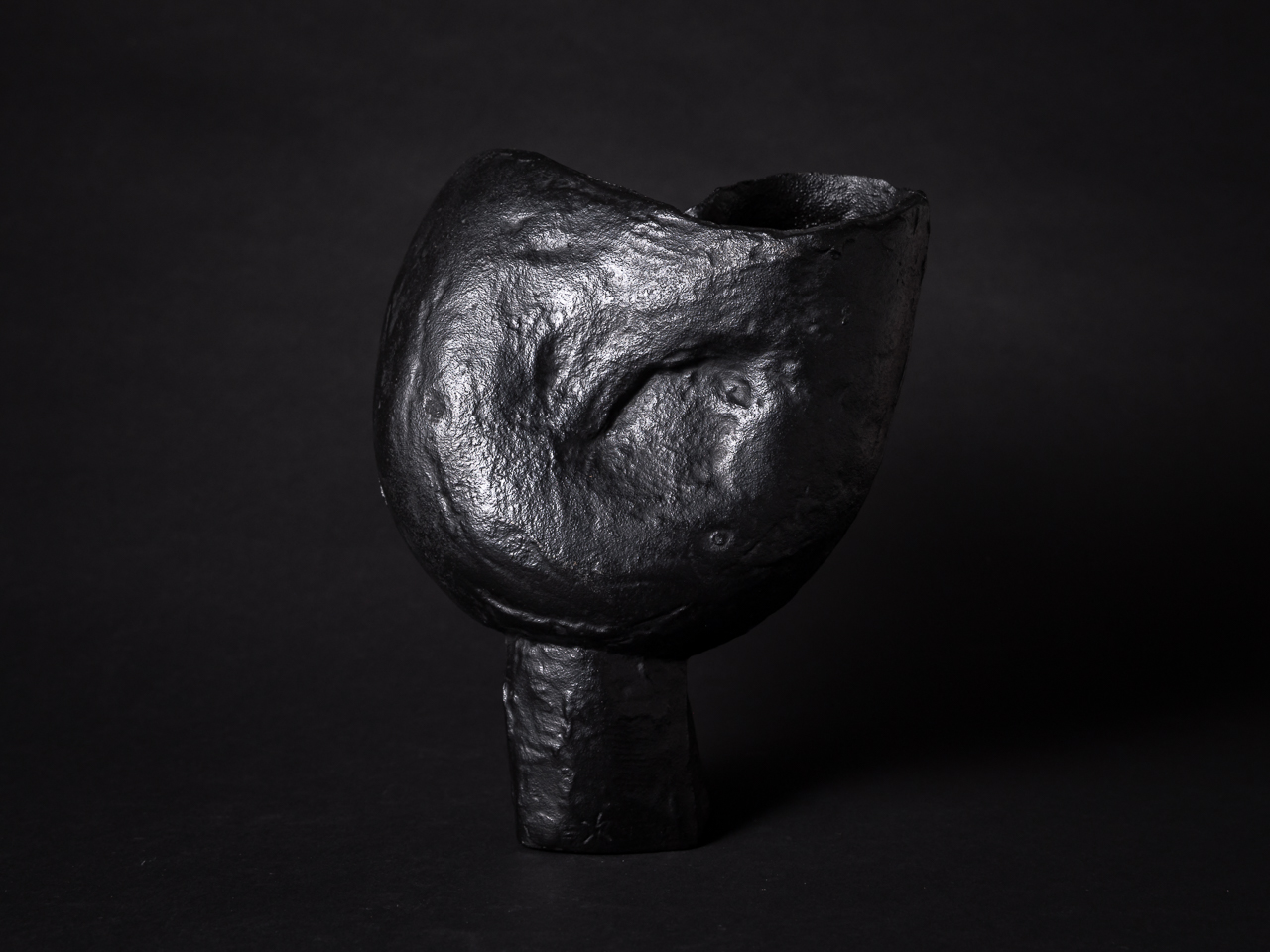
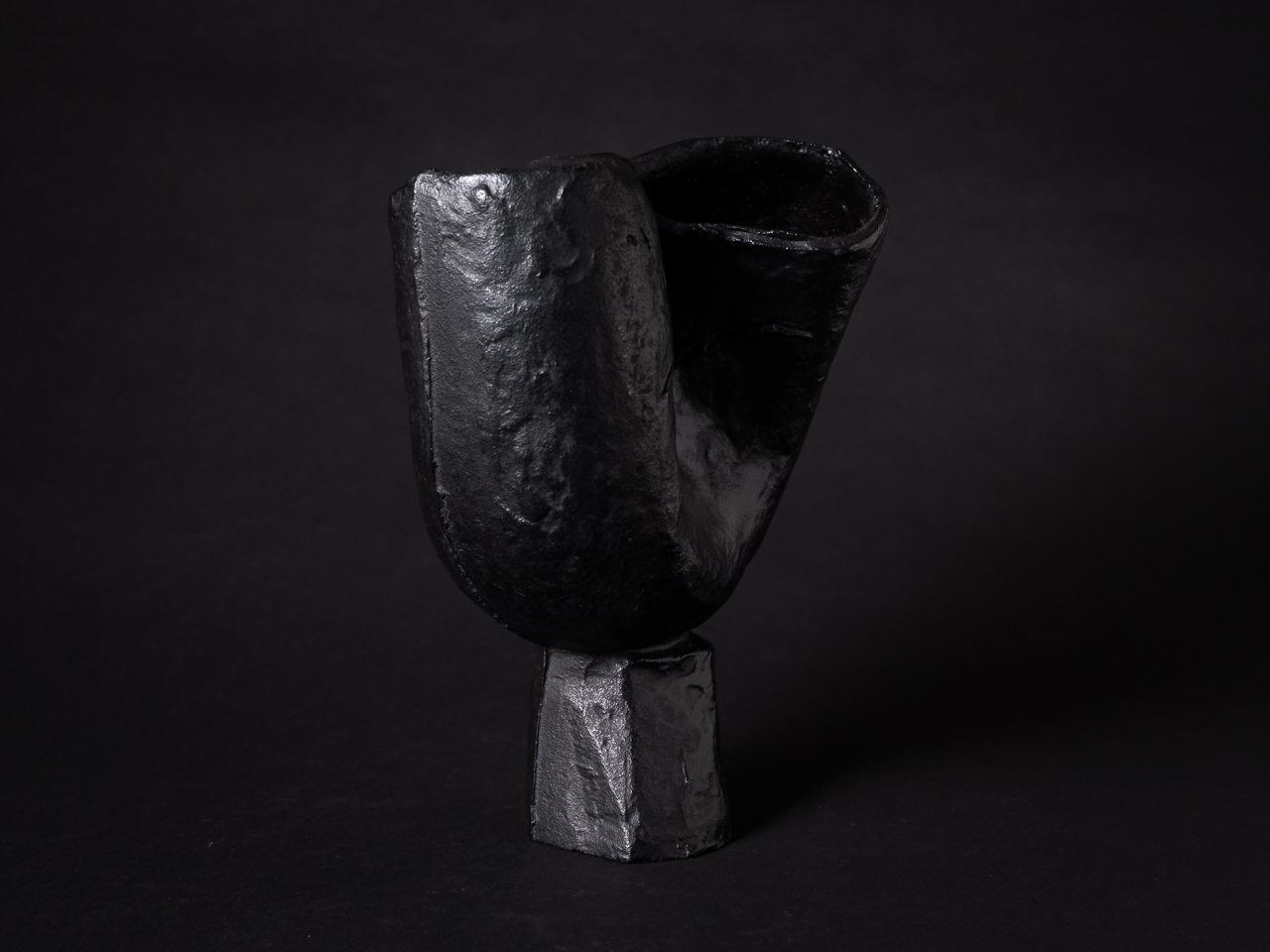
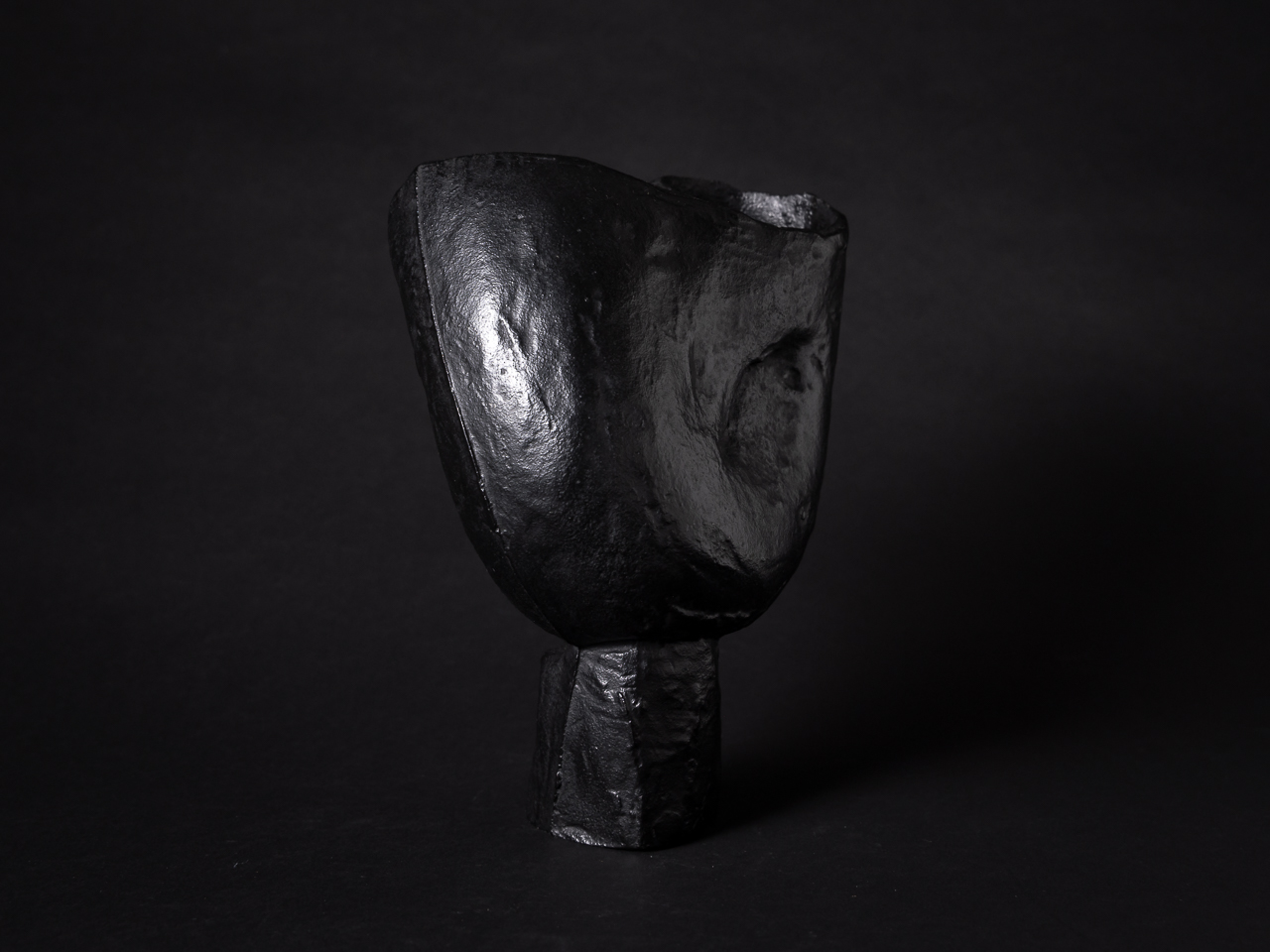

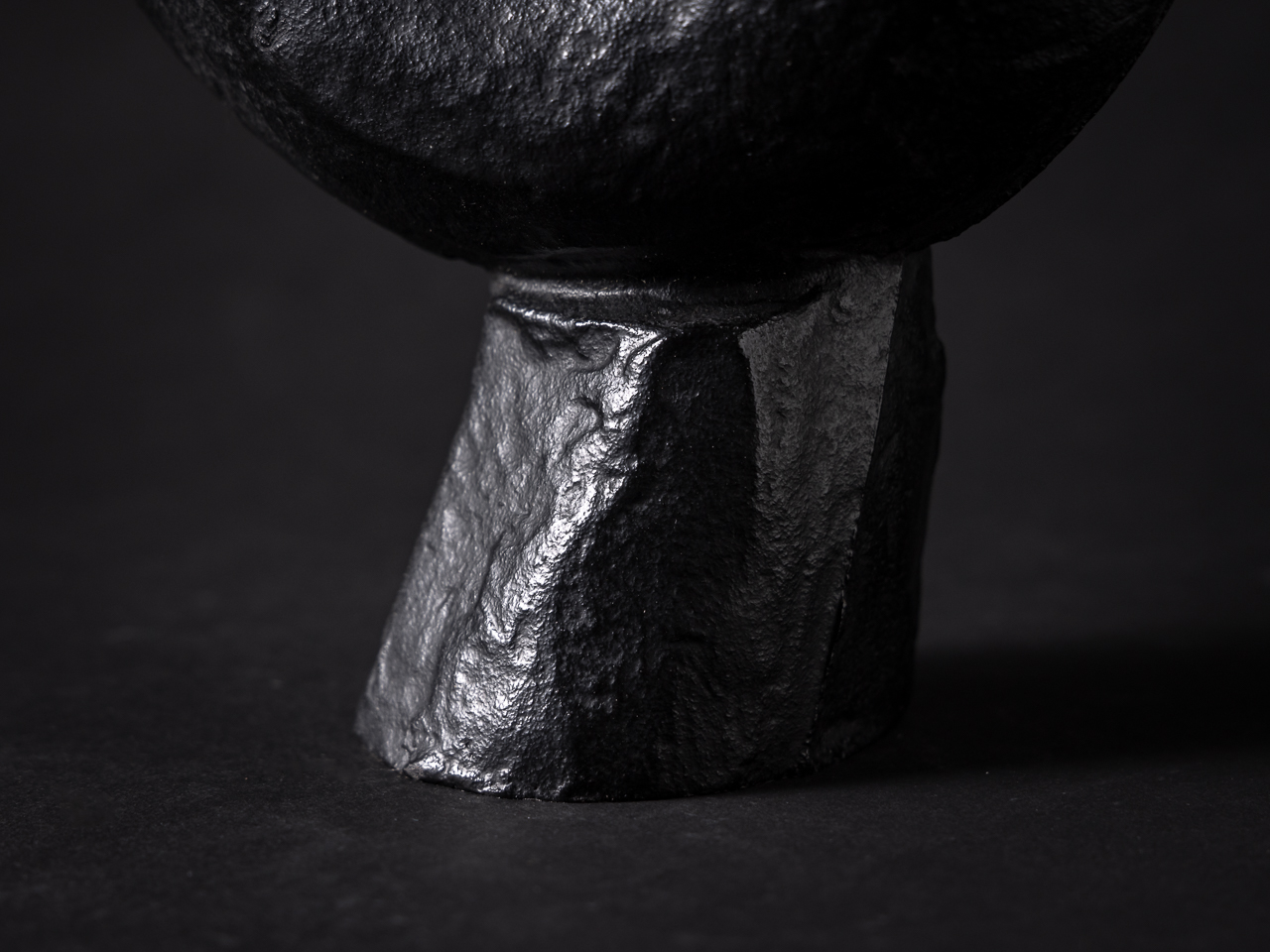
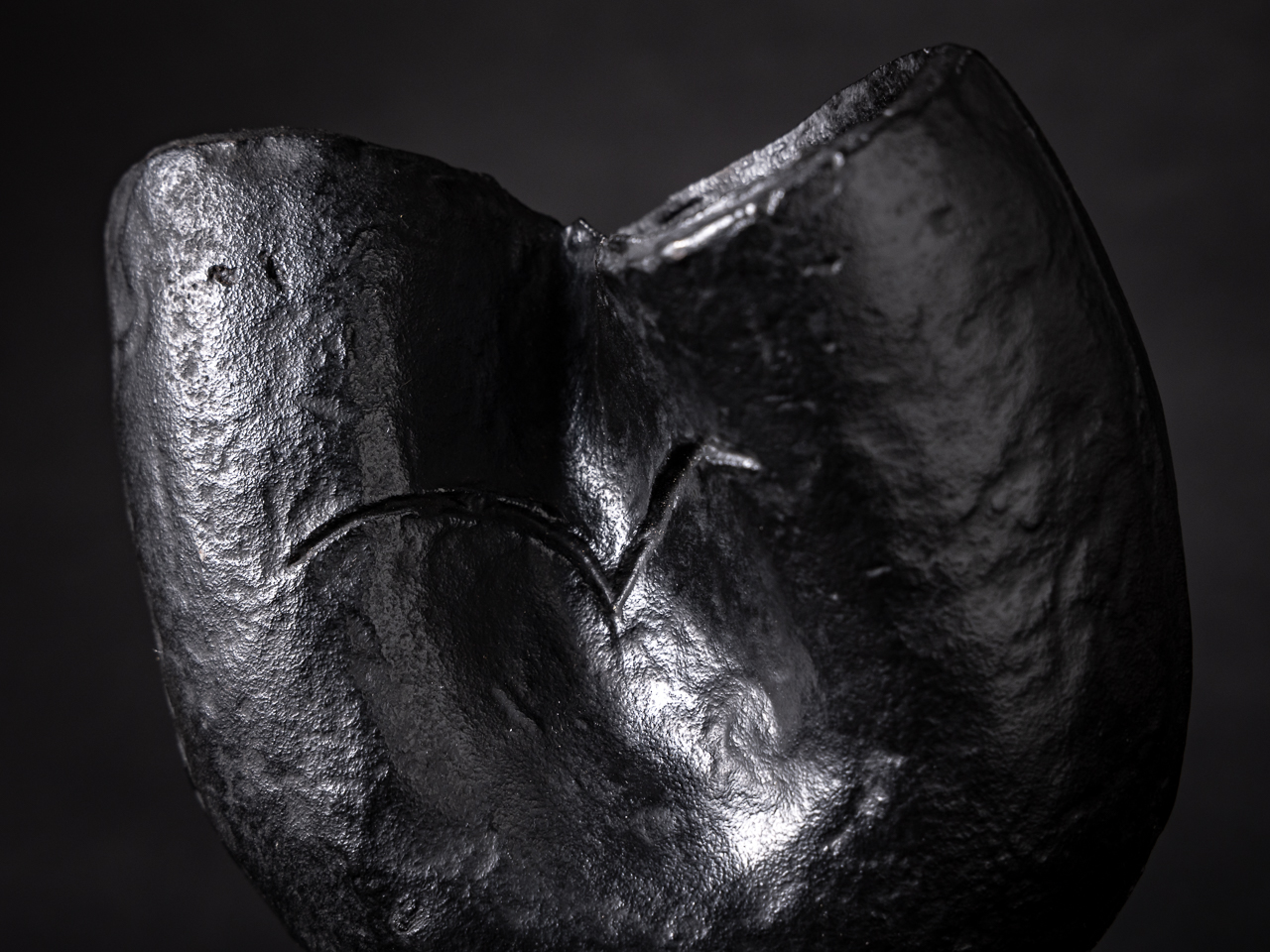
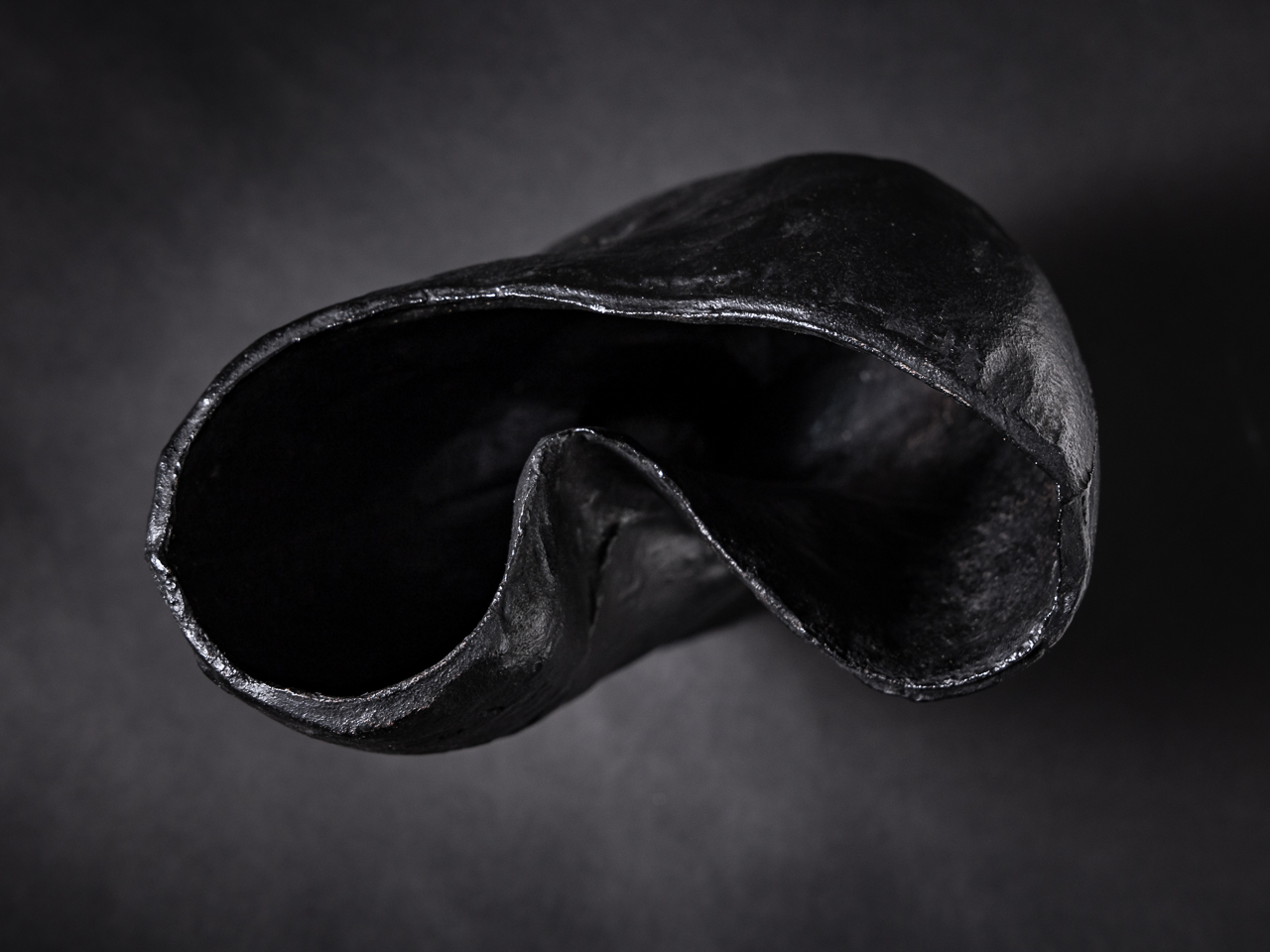
作品名:作品
サイズ:H21.5×W15cm(ブロンズ 共箱)
価格:30,000円
価格は税抜き表示です

